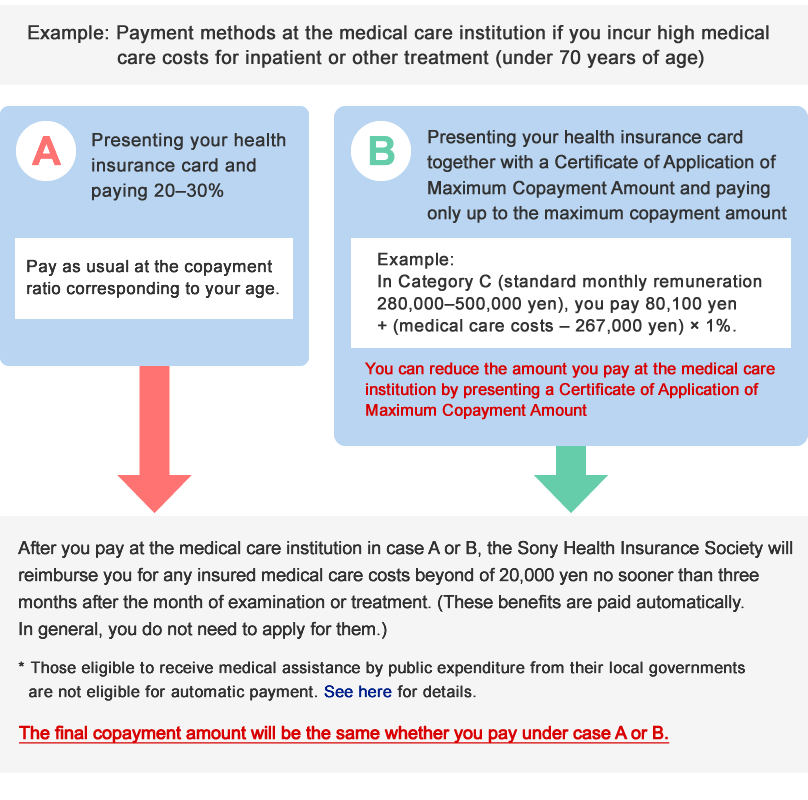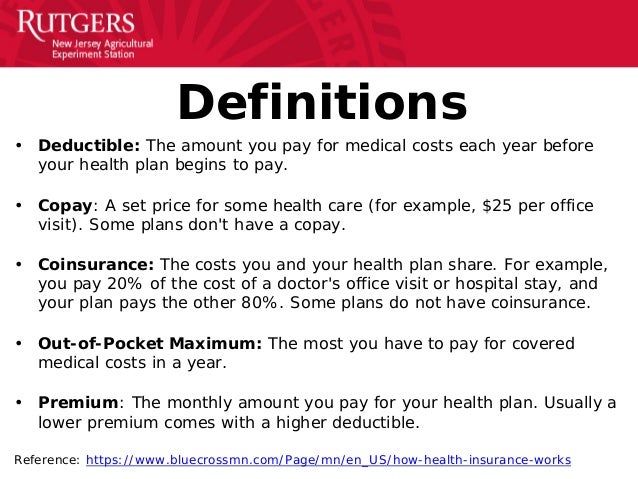Alternote is designed to be the most convenient and natural way to make notes, collect information, write down your ideas, feelings and memories. Alternote for Mac connects to your Evernote account to enable you to access and interact with your notes. The app comes free of charge and features a lightweight and elegant interface that is. Alternote.
A copayment or copay is a fixed amount for a covered service, paid by a patient to the provider of service before receiving the service. It may be defined in an insurance policy and paid by an insured person each time a medical service is accessed. It is technically a form of coinsurance, but is defined differently in health insurance where a coinsurance is a percentage payment after the deductible up to a certain limit. It must be paid before any policy benefit is payable by an insurance company. Copayments do not usually contribute towards any policy out-of-pocket maxima whereas coinsurance payments do.[1]
- What Is The Average Copay For Health Insurance
- Copay In Medical Insurance
- What Is Copayment In Medical Insurance India
- Co-payment Medical Insurance
Co-pay refers to that portion of the claim amount that is to be borne by the policyholder. While certain health insurance policies come with a mandatory co-pay clause, other health insurance plans give policyholders the option to choose a co-pay percentage as per their needs. A copay (or copayment) is a flat fee that you pay on the spot each time you go to your doctor or fill a prescription. For example, if you hurt your back and go see your doctor, or you need a refill of your child's asthma medicine, the amount you pay for that visit or medicine is your copay.
Insurance companies use copayments to share health care costs to prevent moral hazard. It may be a small portion of the actual cost of the medical service but is meant to deter people from seeking medical care that may not be necessary (e.g., an infection by the common cold). In health systems with prices below the market clearing level in which waiting lists act as rationing tools,[2] copayment can serve to reduce the welfare cost of waiting lists.[3]
However, a copay may also discourage people from seeking necessary medical care and higher copays may result in non-use of essential medical services and prescriptions, thus rendering someone who is insured effectively uninsured because they are unable to pay higher copays. Thus, there is a balance to be achieved: a high enough copay to deter unneeded expenses but low enough to not render the insurance useless.[editorializing]
Germany[edit]
The German healthcare system had introduced copayments in the late 1990s in an attempt to prevent overutilization and control costs. Download photoshop cc 2017 for mac. For example, Techniker Krankenkasse-insured members above 18 years pay the copayments costs for some medicines, therapeutic measures and appliances such as physiotherapy and hearing aids up to the limit of 2% of the family's annual gross income. For chronically ill patients, the co-payment limit is 1% including any dependant living in their home. The average length of hospital stay in Germany has decreased in recent years from 14 days to 9 days, still considerably longer than average stays in the U.S. (5 to 6 days).[4][5] The difference is partly driven by the fact that hospital reimbursement is chiefly a function of the number of hospital days as opposed to procedures or the patient's diagnosis. Drug costs have increased substantially, rising nearly 60% from 1991 through 2005. Despite attempts to contain costs, overall health care expenditures rose to 10.7% of GDP in 2005, comparable to other western European nations, but substantially less than that spent in the U.S. (nearly 16% of GDP).[6] However, after research studies by the Forschungsinstitut zur Zukunft der Arbeit (Research Institute for the Future of Labor) showed the copayment system was ineffective in reducing doctor visits, it was voted out by the Bundestag in 2012.
Prescription drugs[edit]

What Is The Average Copay For Health Insurance

Some insurance companies set the copay percentage for non-generic drugs higher than for generic drugs. Occasionally if a non-generic drug is reduced in price insurers will agree to classify it as generic for copayment purposes (as occurred with simvastatin). Pharmaceutical companies have a very long term (frequently 20 years or longer) lock on a drug as a brand name drug which for patent reasons cannot be produced as a generic drug. However, much of this time is exhausted during pre-clinical and clinical research.[7]
To cushion the high copay costs of brand name drugs, some pharmaceutical companies offer drug coupons or temporary subsidized copayment reduction programs lasting from two months to twelve months. Thereafter, if a patient is still taking the brand name medication, the pharmaceutical companies might remove the option and require full payments. If no similar drug is available, the patient is 'locked in' to either using the drug with the high copays, or a patient takes no drugs and lives with the consequences of non-treatment.

Observed effects[edit]
Medication copayments have also been associated with reduced use of necessary and appropriate medications for chronic conditions such as chronic heart failure,[8]chronic obstructive pulmonary disease, breast cancer,[9] and asthma.[10] In a 2007 meta-analysis, RAND researchers concluded that higher copayments were associated with lower rates of drug treatment, worse adherence among existing users, and more frequent discontinuation of therapy.[11]
See also[edit]
Copay In Medical Insurance
Notes[edit]
What Is Copayment In Medical Insurance India
- ^University of Puget Sound. Benefits update. 2006 medical plan frequently asked questions. What is the difference between co-payments, coinsurance, and deductibles? Retrieved November 10, 2008.
- ^Lindsay, Cotton M. and Bernard Feigenbaum (1984) 'Rationing by waiting lists', American Economic Review 74(3): 404-17.
- ^Diego Varela and Anca Timofte (2011), 'The social cost of hospital waiting lists and the case for copayment: Evidence from Galicia'Archived 2015-11-07 at the Wayback Machine, The USV Annals of Economics and Public Administration 11(1): 18-26.
- ^'Germany: Health reform triggers sharp drop in number of hospitals'. Allianz. 25 July 2005. Retrieved November 14, 2011.CS1 maint: discouraged parameter (link)
- ^'Average Length of Hospital Stay, by Diagnostic Category – United States, 2003'. Centers for Disease Control and Prevention. Retrieved November 14, 2011.CS1 maint: discouraged parameter (link)
- ^Borger C, Smith S, Truffer C, et al. (2006). 'Health spending projections through 2015: changes on the horizon'. Health Aff (Millwood). 25 (2): w61–73. doi:10.1377/hlthaff.25.w61. PMID16495287.
- ^Schacht, Wendy H. and Thomas, John R. Patent Law and Its Application to thePharmaceutical Industry: An Examination of the Drug Price Competition and Patent Term Restoration Act of 1984('The Hatch-Waxman Act')[1] Retrieved December 1, 2014.
- ^Cole JA, et al. Drug copayment and adherence in chronic heart failure: effect on cost and outcomes.[permanent dead link] Pharmacotherapy 2006;26:1157-64.
- ^Neugut AI, Subar M, Wilde ET, Stratton S, Brouse CH, Hillyer GC, Grann VR, Hershman DL (May 2011). 'Association Between Prescription Co-Payment Amount and Compliance With Adjuvant Hormonal Therapy in Women With Early-Stage Breast Cancer'. J Clin Oncol. 29 (18): 2534–42. doi:10.1200/JCO.2010.33.3179. PMC3138633. PMID21606426.[permanent dead link]
- ^Dormuth CR, et al. Impact of two sequential drug cost-sharing policies on the use of inhaled medications in older patients with chronic obstructive pulmonary disease or asthma. Clin Ther 2006;28:964-78; discussion 962-3.
- ^Goldman DP, Joyce GF, Zheng Y. Prescription drug cost sharing: associations with medication and medical utilization and spending and health. JAMA 2007;298:61-69.
Co-payment Medical Insurance
